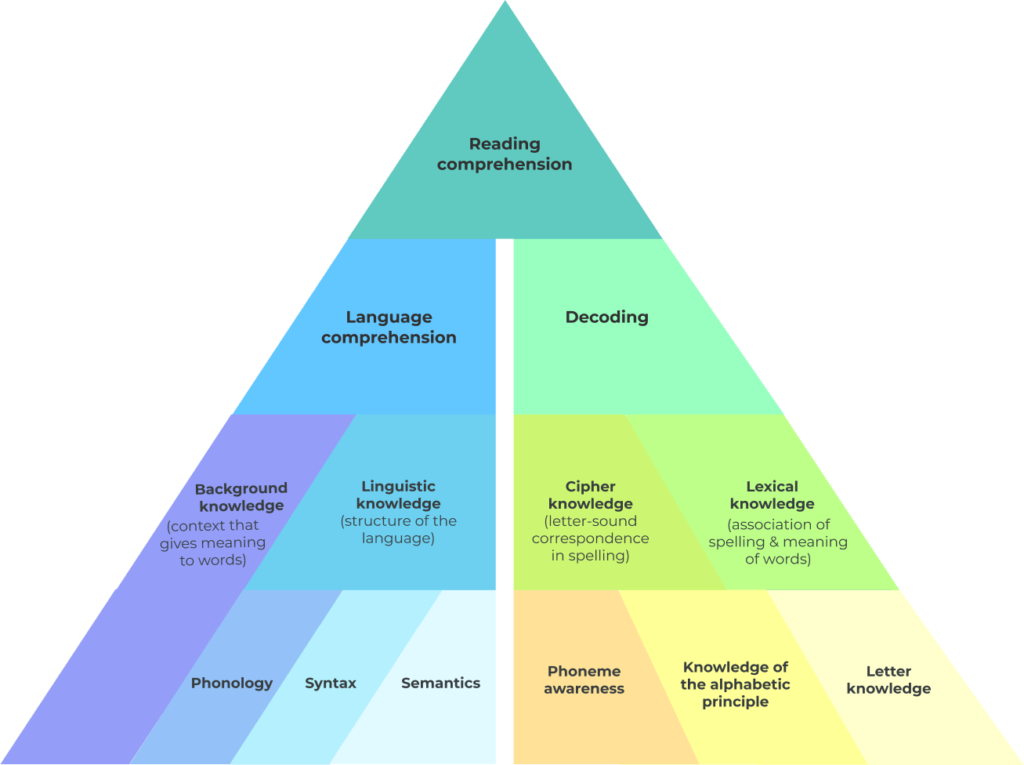Language acquisition
Learning to read for struggling readers: Our approach
Teaching children to read, differently

How GoLexic helps your child improve their reading skills
GoLexic follows a pragmatic method that has been developed over the span of 20 years and used with children who struggle with reading, in particular dyslexic children. The ABC method has been continuously expanded and perfected through years of rigorous work and feedback from experience with dyslexic children.
Systematic
Content and learning materials are introduced in a logical order that follows the natural acquisition of language. It starts with the easiest elements and principles, and introduces new elements in order of difficulty, following a logical and systematic sequence.
Cumulative
Each step builds upon skills and concepts that have been learned previously. New content and concepts are introduced only when previous ones have been mastered. This approach helps build the reading automatisms that certain children are lacking.
Explicit
The method spells out every orthographic rule necessary to decode and understand written language. It makes no assumptions of prior knowledge and does not leave elements for the child to “figure out” by themselves. Children with reading difficulties benefit from learning through information that is presented in a clear, explicit and logical manner.
Structured
The method breaks down difficulties that exist in English written language and reintroduces them to students in a determined order, starting with the easiest language elements (= those that cause least confusion). This ensures that children master the relationship between a phoneme ( /sh/ ) and its grapheme ( “sh” ) before introducing alternate pronunciations and spellings.
What does it mean to work with a highly structured approach?

A structured method work on several levels:
- Phonology: the understanding of the sound structure of spoken words.
- Phonemic awareness: the ability to segment words into sound components.
- Sound-letter association: the ability to map sound structures to letters and spelling patterns.
- Syllable structure & CVC patterns: the recognition of spelling structures, vowel/consonant patterns and how they impact pronunciation (= phonology) and spelling (= sound-letter association).
- Grammar: grammar helps build logical pathways from spelling and meaning. Syntax gives context to how children should map phonemes to graphemes.
- Semantics: like grammar, semantics give context to how children should map phonemes to graphemes.
Reading is laborious when children have a weakness in either of these skills.
Training each skill in a systematic way helps them develop automatisms between the sound structure of words, their spelling, and their meaning.